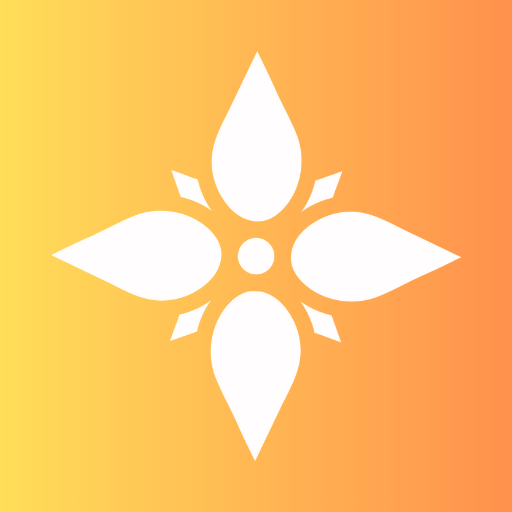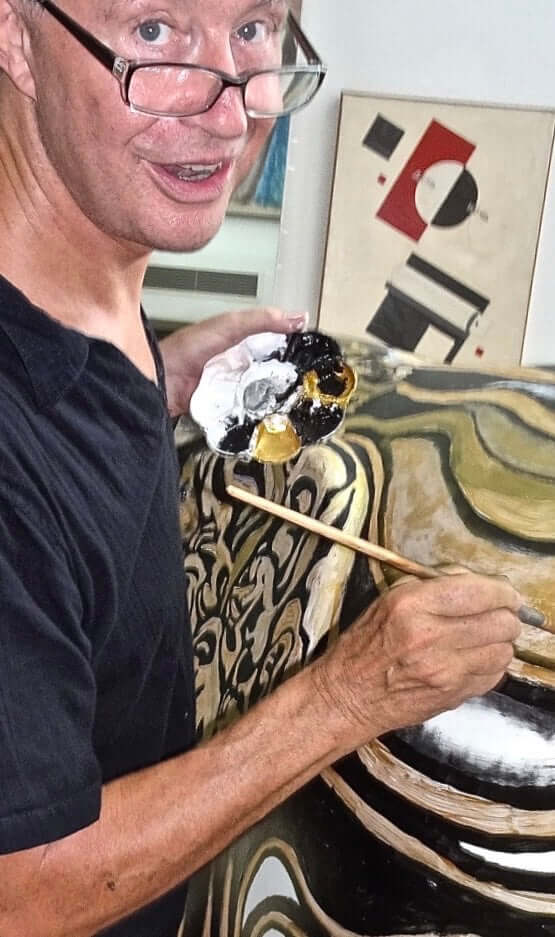รูดอล์ฟใช้ชีวิตอยู่ท่ามกลางวัฒนธรรมที่หลากหลาย และนำเอาการถ่ายภาพนามธรรมมาใช้เป็นภาษาสากล
รูดอล์ฟเป็นศิลปินที่เรียนรู้ด้วยตนเองและมีความกระตือรือร้นในการทำงานด้านศิลปะภาพและวรรณกรรมมาตั้งแต่เด็ก
ผลงานของ Rudolf ได้รับการจัดแสดงในนิทรรศการมากกว่า 40 แห่งทั่วโลก รวมทั้งในลอนดอน บรัสเซลส์ อิสตันบูล โอซากะ และนิวยอร์ก


